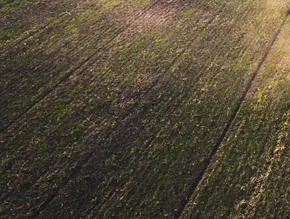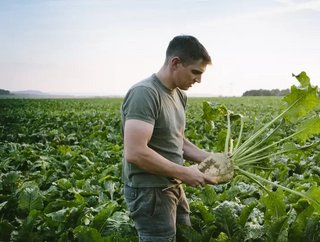
The agriculture and food industry makes up a lot of our carbon emissions because of the equipment and number of animals used. Here are some new innovations in the food industry that can reduce our carbon footprint and effect on the environment.
10. Zero emissions farm tractors
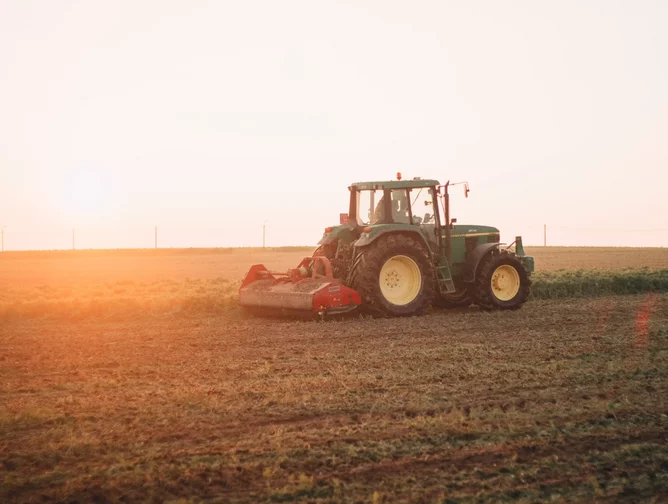
Agriculture is 20% of carbon emissions and with the growing population this will increase. Farming vehicles such as tractors run off fossil fuels. Having farming equipment run off sustainable sources would save $229 per ton of carbon dioxide and improve agriculture’s carbon footprint.
9. Animal health monitoring
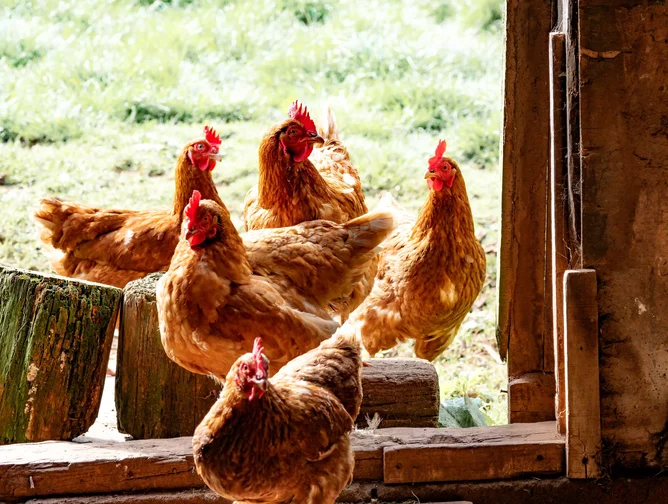
The protein market has a serious effect on the environment and has a large carbon footprint. To decrease the effects on the environment, the food industry must reduce the amount of animals it is farming, and increase the amount of healthy animals (that do not emit as high emissions). Monitoring the health of animals could decrease carbon dioxide by 400 million tons.
8. Meal canteen app

This French app allows customers to pre book their meal choices at restaurants and schools. The purpose of this is to cut down on food waste, as if kitchens know how many meals they will need to make they do not have to keep food out of storage or over cook, which leads to waste.
7. Recycling using flies
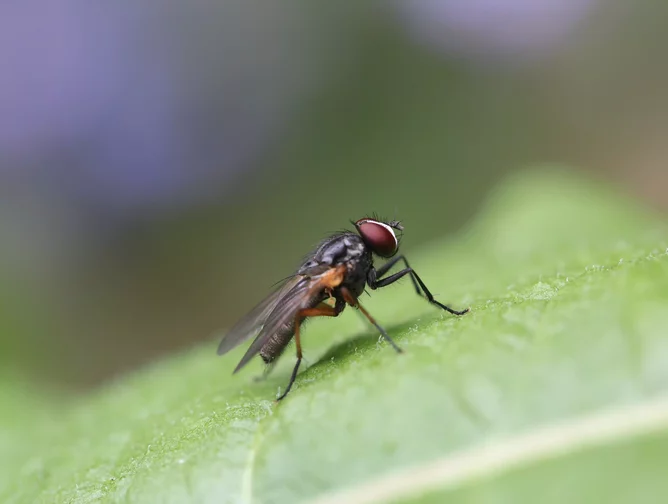
Food waste makes up a large percentage of our overall food waste. Although food is compostable most people do not dispose of it properly or have the facilities to, and it ends up in landfills. This disposal device contains larva which breaks down gone off food and leftovers.
6. Modular stackable urban farms

Cities and built-up areas rely on fresh food that is imported from rural farming areas and other counties. These stackable farms allow for cities to get direct access to fresh fruit and vegetables. The urban farms use AI technology to monitor the growth and adapt to the surrounding environment.
5. Food spoilage sensors
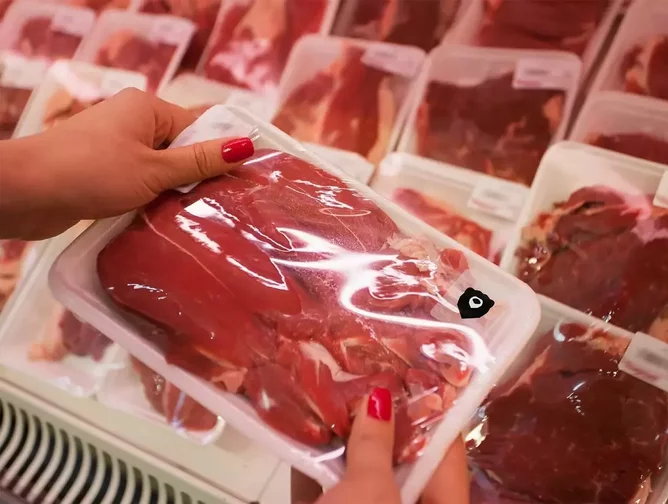
BlakBear eco friendly sensors are made from biodegradable materials. The sensors can detect gases and toxins which are found within spoiled meat. This allows the user to know if their meat is safe to eat just by using their smartphone, meaning the use-by date doesn't have to be followed. This leads to less waste of safe-to-eat food.
4. Sustainably produced sweeteners

Scientists in Canada have found a way to reuse farm waste into sweeteners. The process is done through upcycling plant leaves and storks. These are then turned into a range of biomaterials, including sweeteners. This will help to reduce the carbon footprint within the industry.
3. GHG-focused breeding
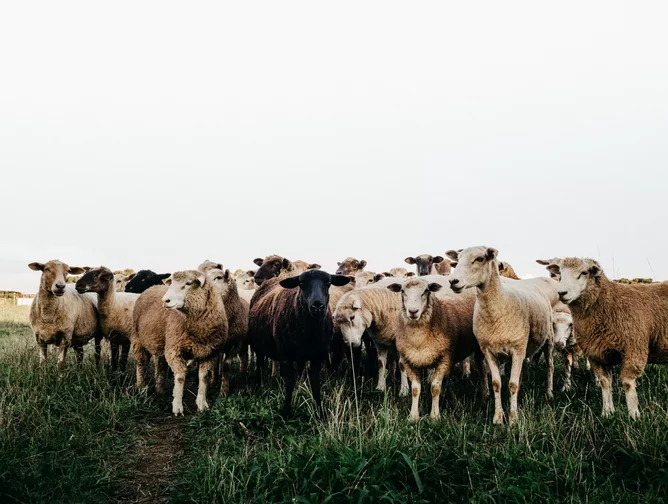
This breading program allows only the best genetic animals to be bred, which produces the least amount of carbon dioxide. This program would cost little to nothing and reduce the food industry’s carbon dioxide emissions by 500 MtCO2 within the next 10 years.
2. Banana leaf packaging
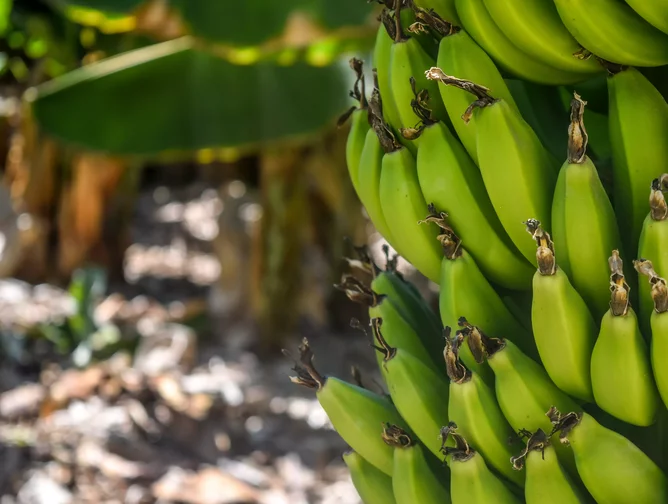
The production of plastic packaging has a carbon footprint and the final product is not biodegradable. The majority of packaging from food ends up in landfills. The leaves from banana produce are unused and wasted. Their use could not only remove the need to produce plastic, but also use a material which would have once been disposed of.
1. 3D-printed synthetic meat
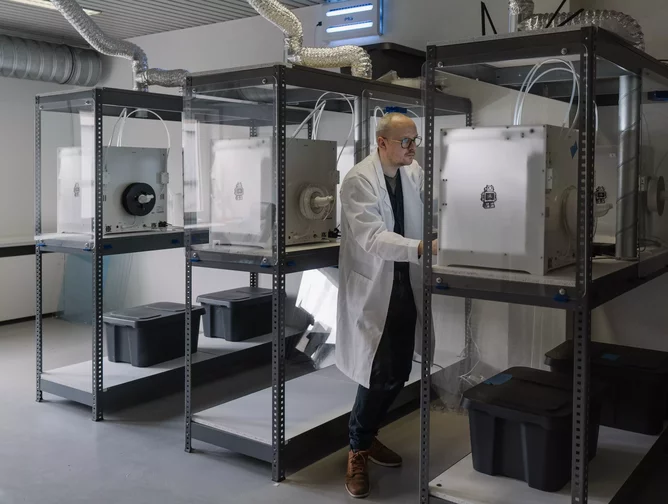
The meat itself is made from a plant-based product which is a mixture of vegetable fat, protein and water. The use of the 3D printer creates a texture which is similar to meat. The printer can replicate chicken, beef and pork. To print around 100g of this synthetic meat costs under 3 dollars. This new creation could reduce the industry's carbon footprint.


